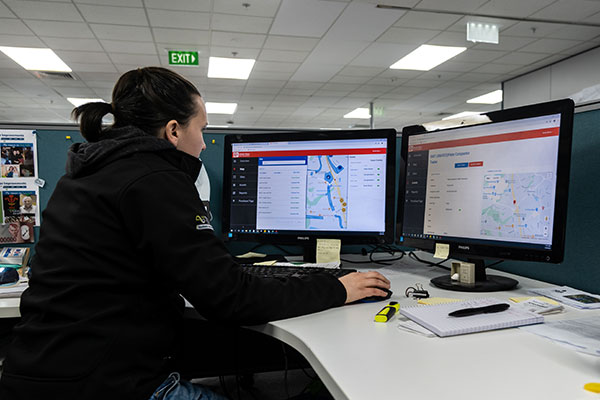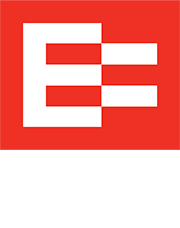7 ways to cut fleet costs in 2021
7 ways to cut fleet costs in 2021
If you run a transport fleet, looking for efficiency gains and streamlining operations is an ongoing part of your job, but in 2021, it will matter more than ever. In fact, being able to rebound from the pandemic and remain competitive in your industry in the year ahead will be critical to survival. While gaining cost efficiencies has traditionally been about reducing assets by culling drivers or vehicles, improving driver behaviour is an area that can also bring significant savings.
Speeding is a factor in 30 percent of all accidents on Australia’s roads, and 45 percent of all fatal crashes occur in speed zones of 100km/hour or over. A 2018 study by the International Transport Forum found that for every 5km/hour reduction in average speeds, fatal crashes dropped by 28 percent and serious injury crashes by 26 percent. Drivers who observe the speed limit will naturally have fewer accidents. They’ll also use less fuel and cause less wear and tear to vehicles.
But how do you get your drivers to change their behaviour? By giving them the tools to succeed and then holding them accountable. EROAD, a leading telematics provider, has developed a driver-facing, all-in-one solution that reduces fleet costs, drives operational efficiency, and promotes safety. While EROAD telematics also provide metrics to inform fleet sizing decisions, having fewer vehicle incidents and their associated costs may allow your fleet to grow, rather than shrink.
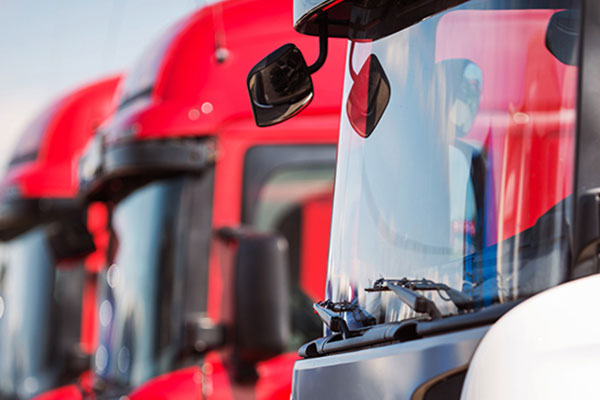
By improving driver behaviour and lowering vehicle incident rates, EROAD telematics offer a host of direct and indirect benefits that save your fleet money in 7 specific ways:
1. Improved driver safety
EROAD data has shown that electronic monitoring increases driver compliance and, when reinforced with regular coaching, creates better drivers. Organisations that use our Driver Behaviour Analytics have 38 percent fewer speeding events than organisations that don’t view them at all.
McConnell Dowell introduced EROAD to 180 employee vehicles and saw accident rates drop by 20 percent and speeding by even more: “EROAD has so far brought down our overspeed events from approximately 25,000 a month to about 1,200,” says fleet manager Simon Batchelor.
Fewer speeding fines as well as incidents and their related costs – including lost productivity, medical expenses, and vehicle downtime – will all save you money while helping your drivers get home safely at the end of the day. “We’re putting technology into trucks to save lives, and families have thanked me for putting it into the trucks because they know it keeps their husbands safe,” says Dan Magrath, fleet manager and director of Bidfoods .
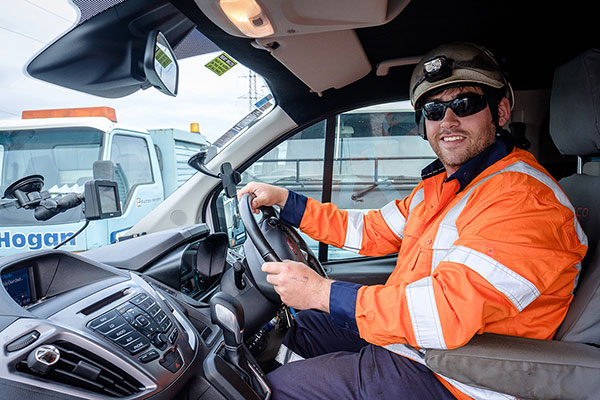
2. Reduce fuel consumption
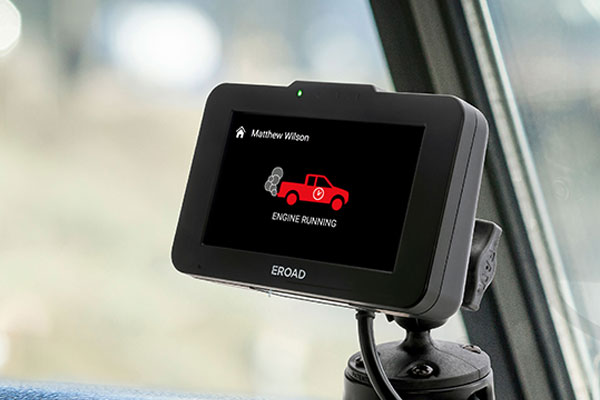
Comprising up to 20 percent of operating costs, fuel is among a fleet’s largest expenses, and EROAD helps customers reduce their fuel costs in multiple ways. EROAD’s Ehubo2 device has a feature called Drive Buddy, which provides instant driver feedback in the event of speeding, idling, and harsh braking or steering, all of which gobble up far more fuel than most people realise.
When you consider that reducing peak speeds by just 8 kmph can reduce fuel consumption by 10 to 15 percent, you can see how the savings quickly add up. Tack on the money saved on unnecessary wear and tear from harsh driving, and you’ll have even more in the bank. But that’s not all: EROAD’s idle reports highlight fuel use due to idling or a poorly tuned vehicle, which consumes on average 7 percent of total fuel costs.
More than half EROAD customers saw a 6 percent improvement in fuel efficiency after one year of implementing our systems, and those who engaged with their drivers to encourage behavioural improvement enjoyed savings of up to 20 percent!
3. Reduce repair and maintenance costs
We’ve already established that better driving reduces vehicle wear and tear as well as collisions, but EROAD technology takes effect before drivers even get behind the wheel. The EROAD Inspect app enables you to do preventative maintenance checks and facilitates required pre-trip inspections by making the entire process paperless – particularly useful if multiple drivers use a vehicle on any given day. You’ll be able to track vehicle defects within the MyEROAD web platform, and your back office, workshop, and drivers will all be kept in the loop regarding any actions taken or required.
“We have seen an increased tyre life of up to 20 percent since using MyEROAD Fleet Maintenance to schedule tyre rotations,” says Michael Craig of Caloundra Removals.
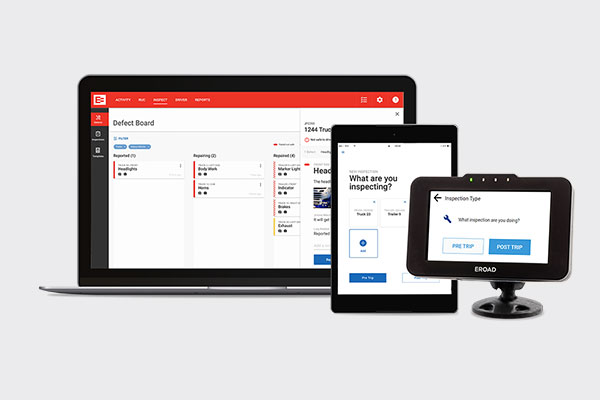
4. Reduced insurance costs
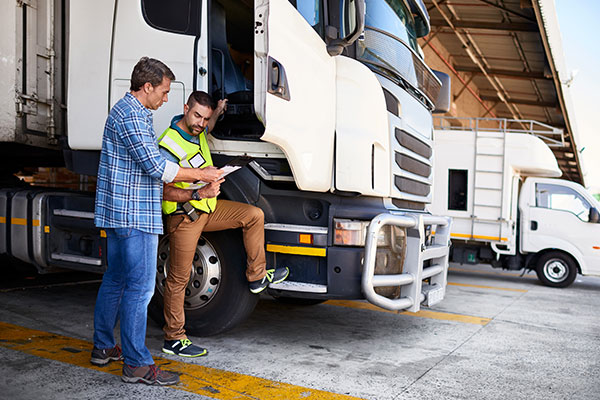
Fewer incidents from fender benders to write-offs means fewer claims, which in turn means lower fleet costs. By improving your risk profile, you’ll be able negotiate better premiums with your insurance broker, particularly over time, as you continue to maintain your good standing. You’ll also save time and money on the administration involved in processing claims.
5. Bigger fuel tax credit (FTC) rebates
Many Australian operators are unaware that the off-road use of light vehicles entitles them to a higher rebate rate, and those who are aware often find it too much trouble to get the data to report their mileage. Off-road use, including fuel used to power auxiliary machinery, is reimbursed at up to 41.6 cents per litre, more than 2.5 times the standard on-road FTC rate – or at least $26 per 100 litres of fuel.
EROAD’s innovative FTC Solution keeps records for you, allowing you to recover underclaimed FTC retrospectively for up to four years. And with the introduction of road user charges on the horizon, you’ll be ready to precisely account for your share without overspending.
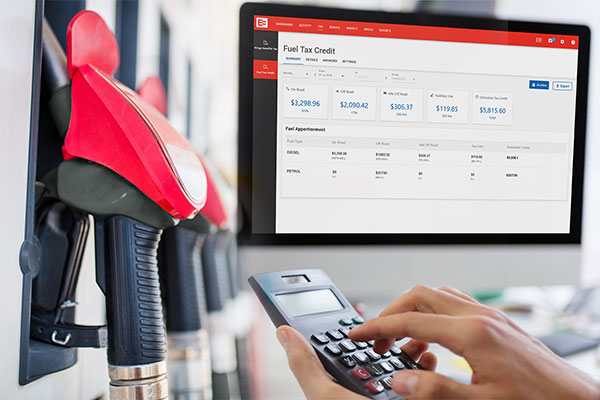
6. Improved asset utilisation
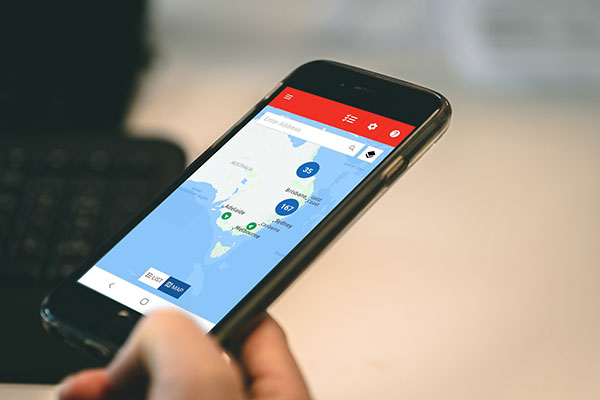
Connecting drivers to home base in real time, EROAD’s driver-facing Ehubo2 device allows fleet managers to track and log virtually anything they could want to know, from vehicle location and fuel usage to driver identity. Using MyEROAD Fleet Map, fleet managers can see at a glance which vehicles are in use, who’s driving, and where they’re going in real time, allowing you to reallocate resources on the fly to meet customer service levels.
Routing efficiencies can yield crucial benefits as they did for , who were able to schedule pick-ups and drop-offs by assigning the closest driver in the area, in many situations making the difference between life and death. “It’s a bonus that we have noticed a reduction in fuel consumption,” says supply chain manager Daryl Taylor.
7. Reduced administration time
Everyone knows time is money – from time spent on paperwork and chasing people up to activities that actually grow your bottom line. EROAD telematics make it easy for you to document what happened, when, and where, facilitating insurance claims, FTC rebates, fringe benefit taxes, and vehicle maintenance. EROAD also integrates with the MyTrucking app, allowing seamless cloud-based job management and invoicing.
GPS telematics can fundamentally change driver behaviour for the better, reducing accidents and yielding time and cost savings as a by-product – albeit an extremely important one. By implementing a telematics system, your business can achieve the operational gains you’re after in 2021 while improving Health & Safety and streamlining reporting.
